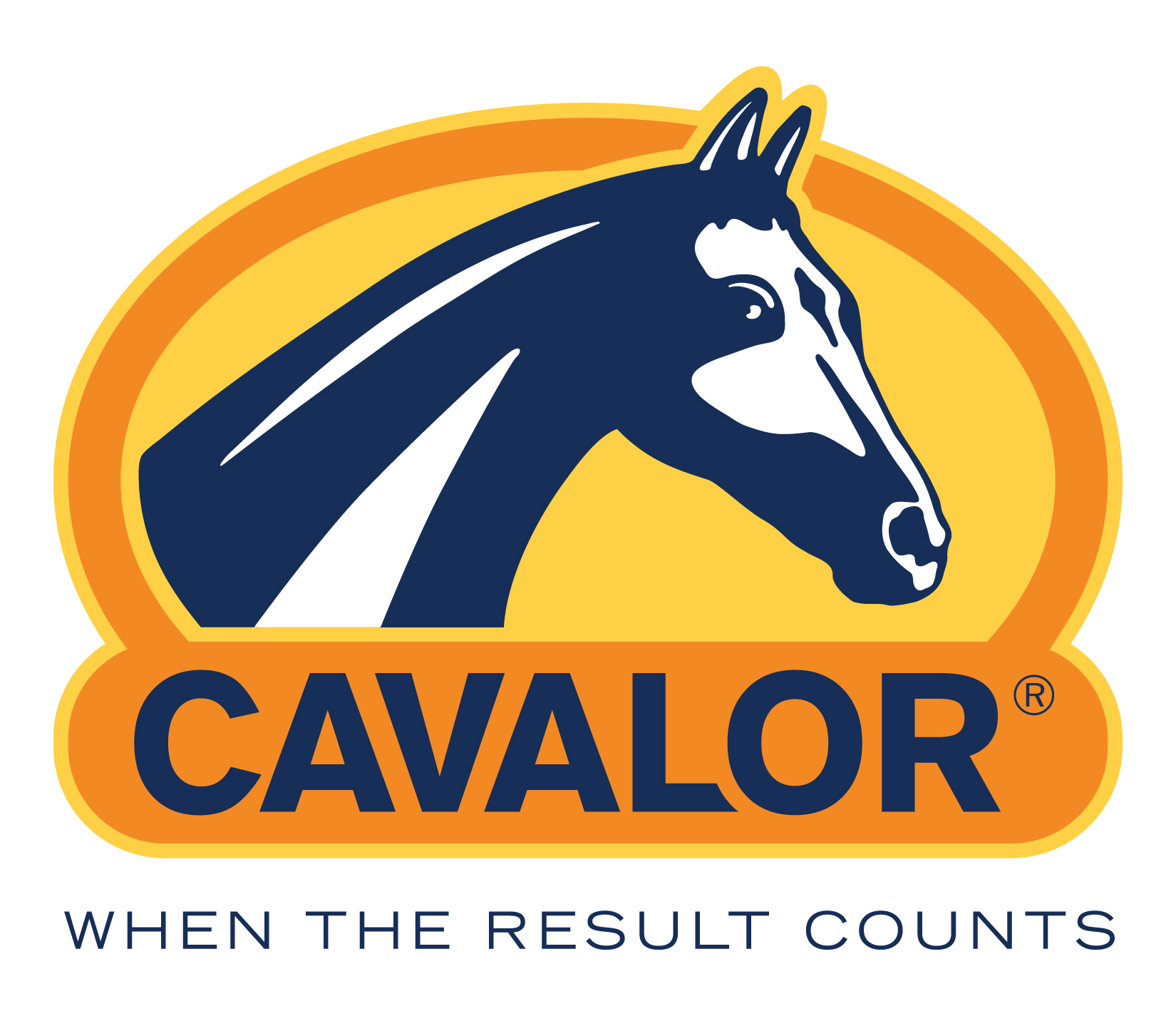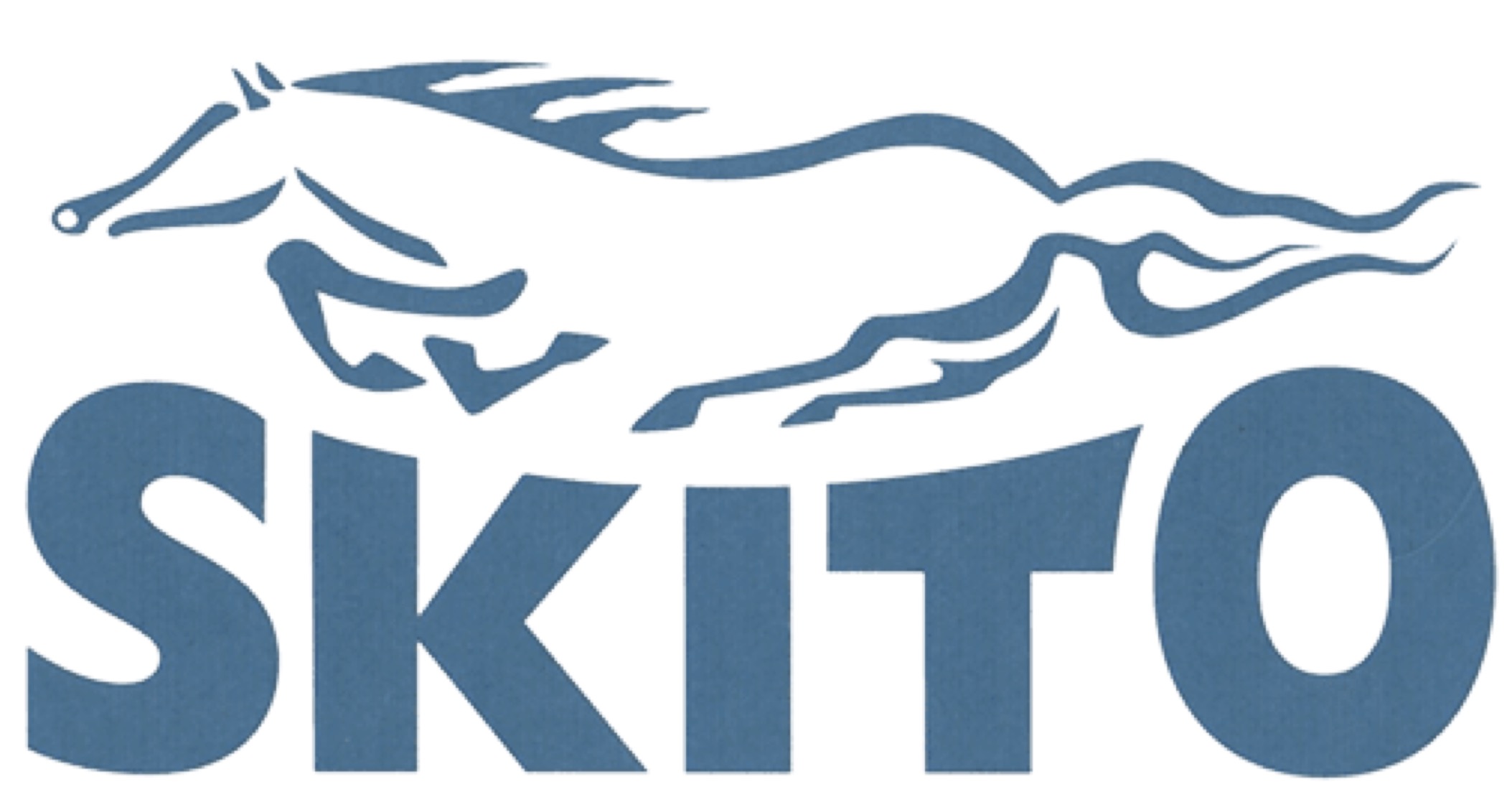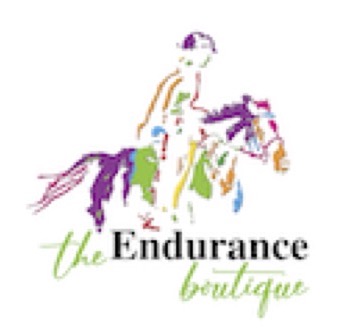What are the essential factors to enjoy a decade partnership with your horse?
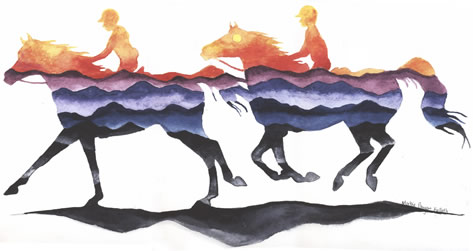 This clinic will provide insights from leading equestrians that are applicable whether your aspirations are eventing, endurance, competitive trail riding, pleasure riding, ride and tie, hunt field, or other equine activities that require performance year after year.
This clinic will provide insights from leading equestrians that are applicable whether your aspirations are eventing, endurance, competitive trail riding, pleasure riding, ride and tie, hunt field, or other equine activities that require performance year after year.
Each afternoon features two talks at the big tent by the outdoor arena followed by Q and A. Clinicians will also be available for extensive one-on-one Q&A each afternoon. Participants will also be able to observe the vet checks for the 25, 30 and 55 mile endurance competitions held in conjunction with the clinic.
About the Clinicians:
Stagg Newman – Overview: selection, training, management (30 min)
- 20 Consecutive Years of Completions on AERC Hall of Fame Horse, Ragmewa Drubin
- Over 75 100s Endurance and CTR 100s, 3 Biltmore and 5 Old Dominion 100-mile wins
- Winner of two team Gold Medals and individual Bronze in Pan Am and NA Championship
- Past president of AERC; past chair of AERC Education Committee
- Trail master of Biltmore Challenge and other Biltmore rides
- APEX (A Partnership for Endurance Excellence) founding member, Board of Directors, clinician
Jeff Pauley – The Farrier’s Perspective (30 min)
- AFA certified journeyman farrier
- Farrier to US Endurance Team to multiple World Championships
- Teaches at farrier schools, lectures worldwide
- APEX clinician
Ann Stuart, DVM –The Veterinarian Perspective (30 min)
- Chef D-Equipe of gold medal winning US East Endurance squad at Pan Ams
- Head vet of USA Endurance squad for World Games
- Veterinarian advisor / selector to US endurance squad
- Multiple 1-day 100-mile completions
- Active field veterinarian and equine chiropractor
- APEX founding member, Board of Directors, clinician
Meg Sleeper, DVM –The Rider/Breeder/Trainer Perspective (30 min plus demo)
- Breeds, trains, and then competes on her own horses
- Winner of 2012 AERC 100-mile Championship at Biltmore
- 5-time member of the US endurance squad to WEGs/WECs incl 11th at 2012 World Championship
- 5-time member of the US endurance squad to Pan American championships, incl Team gold medal 2001 Pan Am and Team silver medal in 2011
- Over 17,000 miles of Competitive and Endurance competition, almost entirely on home breds
- Veterinary cardiologist researcher at University of Pennsylvania
- APEX clinician
Lynn Kenelly with Sonny
- SERA Education Director
- Chef d’Équipe for the southeast team to the N.A. Young Riders Endurance Championship
- Zone Representative for the southeast for AERC International
- Thousands of AERC miles with Best Conditions and first to finish awards
- Trains performance horses with higher level equitation (3rd level dressage) work
================================================>>>>>>>>>>>>>>>>>>>>>>>>>>>>>>>>>>>>>>>>>>>>>>>>>>>>>>>>>
Overview
I. Selection:
· Range Bred, not Farm fed – i.e. a horse that spent its first few years running over large acreage like a horse in the wild would do is a much better prospect that a show Arab that has been confined. .
· Horse history may be the most important part of “pre-purchase” exam:
· Conformation – static, dynamic
· Disposition – many miles together – sane
· Horse for your goals and your weight, riding skill, …
II. Long, slow, careful development; before your first competition and an overall career strategy
· The successful long term endurance horse is likely to move in rhythm, balance, and alignment. This puts far less stress on the horse. So equitation training is critical.
· Tendons, ligaments, bone, skin tissue – cardio later, muscle specificity last
· Mental
· Distance before speed
· Make sure the horse has a high quality nutritional program, high quality hoof care, and high quality veterinary care. Dollars spent on early prevention pay great dividend.
· Horses for courses, conditioning for what you will do
III. Careful management
Two principle causes of lameness in horse are rider on back and farrier who does the feet – not meant to disparage just to recognize challenge
· Best: hoof care, veterinary care, equitation, saddle fit, basic food (then worry about money on fads, fashion, supplements, ….)
· Long term goals, carefully planned seasons, modification as necessary. Select course consistent with your long term goals and your training. Mountain horses cannot readily go fast in sand and vice versus.
· Constant assessment and reassessment
o At the beginning of each competition season, do a through evaluation of your horse with your farrier and your veterinarian. Plan out your shoeing cycle versus your competitions.
o mini-vet exam at end of every training workout
o assess your balance (pictures, friends, riding instructor)
o regularly assess the weight, way of going, brightness, attitude, appetite
o After every competition, assess the soundness of your horse. Learn to recognize subtle lameness and/or find a friend with a great eye or enlist your veterinarian.
o At the end of each competition season, do a through evaluation of your horse with your farrier and your veterinarian.
· Rest and Recreation – at the end of a competition period (at least once and ideally twice a year) or when the horse has a problem, let the horse see “Dr. Green”, i.e. turn them out and pull the shoes if their hoof structure will allow.
· Never take the horse too close to its maximum potential.
· Rider fitness – a tired rider makes a tired horse. And a tired rider makes career limiting mistakes.
May you and your horse enjoy many years together.

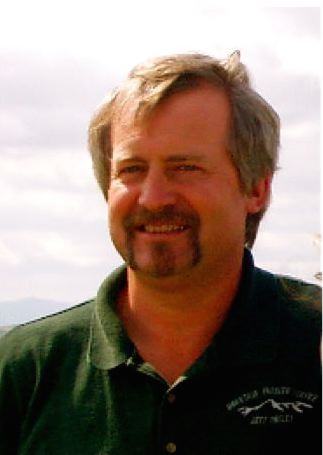




 This clinic will provide insights from leading equestrians that are applicable whether your aspirations are eventing, endurance, competitive trail riding, pleasure riding, ride and tie, hunt field, or other equine activities that require performance year after year.
This clinic will provide insights from leading equestrians that are applicable whether your aspirations are eventing, endurance, competitive trail riding, pleasure riding, ride and tie, hunt field, or other equine activities that require performance year after year.